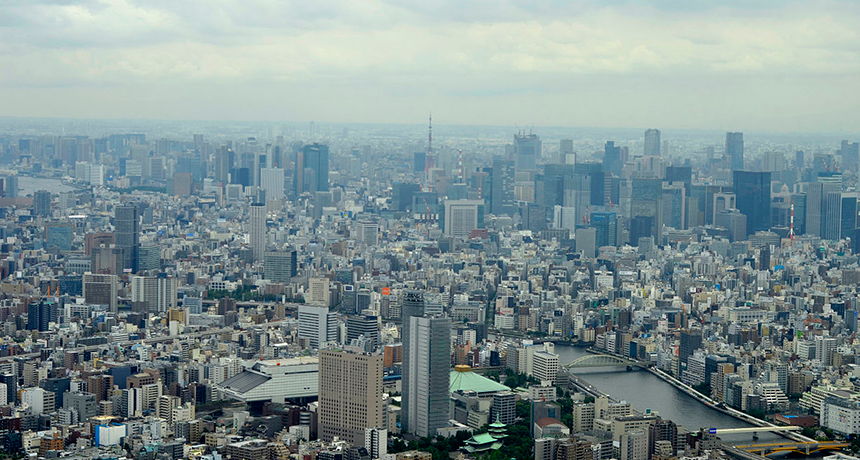Questions for ‘Hunting the mysterious source of a global illness’

Kawasaki disease first emerged here, in Japan. Although it has since shown up all over the world, Japan still has the most cases.
Danny15/Wikimedia (CC BY-SA 3.0)

Kawasaki disease first emerged here, in Japan. Although it has since shown up all over the world, Japan still has the most cases.
Danny15/Wikimedia (CC BY-SA 3.0)
Register to access:
An error occurred. Please try again.
Already Registered? Enter your e-mail address above.